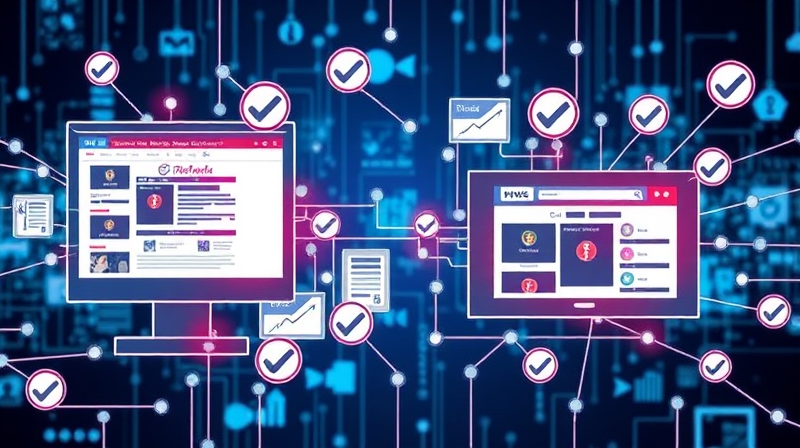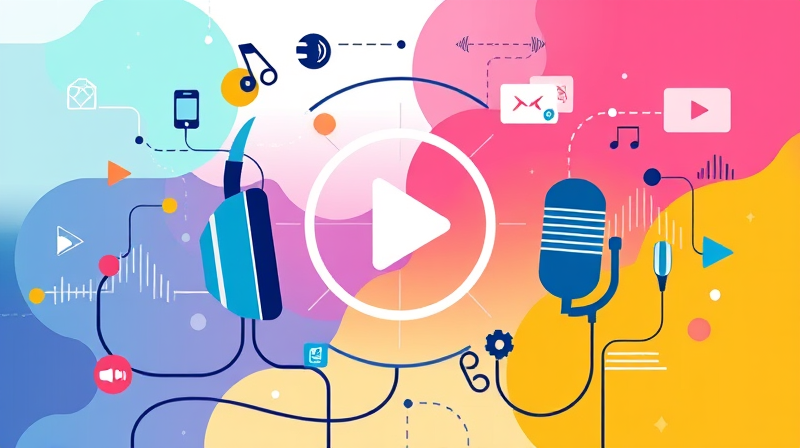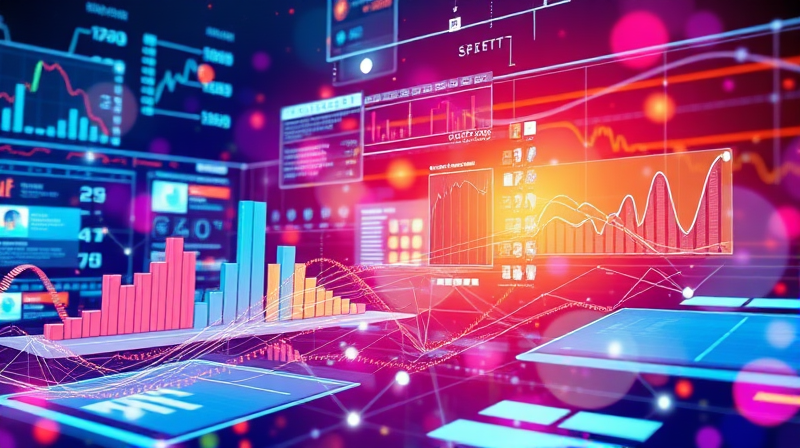In today’s fast-paced information landscape, ensuring the accuracy and reliability of news and research is more important than ever. By using multiple sources and methods, professionals and readers alike can build confidence in the authenticity of the data they encounter. In this article, we explore practical and inspiring ways to verify reports, empowering you with the tools needed to navigate the challenging terrain of modern journalism.
Whether you are a journalist, researcher, or just an informed citizen, understanding these methodologies is essential. As we dive into these techniques, remember that thorough verification not only protects you from misinformation but also contributes to a more reliable public discourse.
Comprehensive Verification Techniques
One of the most effective strategies to confirm the credibility of a report is to combine several verification methods. This multi-faceted approach minimizes biases and strengthens your confidence in the information.
- Triangulation Methodology: This involves gathering data from multiple sources, such as interviews, observations, and surveys, to see if different perspectives affirm the same understanding. Triangulation ensures that the conclusions drawn are robust and well-supported.
- Cross-Referencing Sources: By comparing information from various reputable outlets, any discrepancies begin to surface. If several independent sources agree, it is a strong indication that the information is reliable.
- Fact-Checking Organizations: Utilizing the work of renowned fact-checkers like Snopes, PolitiFact, and FactCheck.org can significantly enhance the verification process. Such organizations employ specialists and rigorous methodologies to analyze claims and assess their validity.
- Lateral Reading: This technique encourages looking at multiple perspectives from different outlets. By branching out, you can understand the broader context and obtain a fuller picture, which is critical in today’s fragmented media environment.
- Source Evaluation: Determining a source's credibility goes beyond just the information provided. Factors like expertise, reputation, transparency, and potential biases all contribute to a source’s overall reliability.
Each of these techniques works best when used together. The combination of these methods provides a strong defense against accidental or malicious misinformation, ensuring that you have confidence in the integrity of the reports you rely on.
Moreover, tracking the provenance and originality of the content is essential. By scrutinizing the original source, you can ensure that the material has not been manipulated or taken out of context, thereby preserving its authenticity.
Inspiring Strategies for Continuous Improvement
Practical tools and strategies are key to maintaining and enhancing the verification process. Digital age innovations have provided a host of methods to streamline credibility checks and make research easier and more effective.
Frameworks like the CRAAP test, SMART check, and the classic 5Ws method enable systematic assessments. These frameworks allow you to look at the currency, relevance, authority, accuracy, and purpose of the information, thus providing a complete picture of its trustworthiness.
Digital tools, such as reverse image searches and Google Fact Check Tools, act as a modern-day compass in a sea of information overload. These technologies can assist in verifying both textual and visual content quickly and efficiently, making it easier to spot inaccuracies or manipulated data.
Transparency is another pillar in the process of effective verification. Maintaining detailed documentation of all steps taken during fact-checking not only builds your credibility but also aids other researchers who might need to trace the original sources and methodologies.
Embracing ethical practices is also crucial in this endeavor. Avoid biased selections and ensure that the process is objective at every stage. Your commitment to ethical standards strengthens the overall reliability and impact of your work, encouraging a culture of integrity in all communications.
In addition, it is important to continuously learn and adapt. As new challenges and technologies arise, staying informed about the latest tools and frameworks ensures that your verification methods remain robust and effective. This commitment to ongoing improvement not only enhances your professional skills but also contributes to a safer, more informed community.
Despite the challenges presented by the modern digital landscape, every effort you make towards diligent verification of information has a profound impact. It builds trust in your work, influences decisions, and can even steer public opinion in positive directions. The more knowledgeable and skilled you become at assessing data, the more powerful and confident you will feel when making decisions based on it.
Remember that every step taken towards thorough verification is a step towards a better-informed society. As you think critically about each report, you not only safeguard your own understanding but also contribute to the collective pursuit of truth and transparency in our ever-changing world.
In conclusion, by employing these practical approaches, you are participating in the creation of a more credible and reliable information landscape. The methods discussed serve as a reminder that, even in an era filled with uncertainties, you have the power to determine what is true and what is not. Your dedication to rigorous verification is what will ultimately uphold the integrity of information in our communities.








